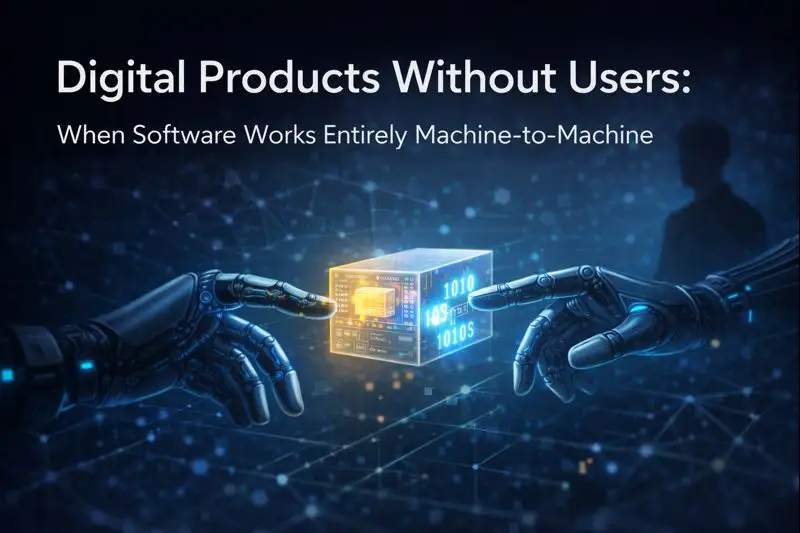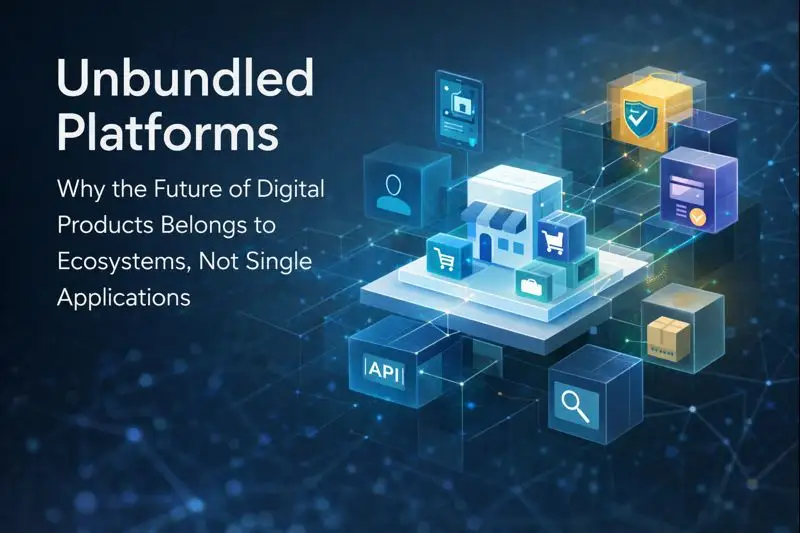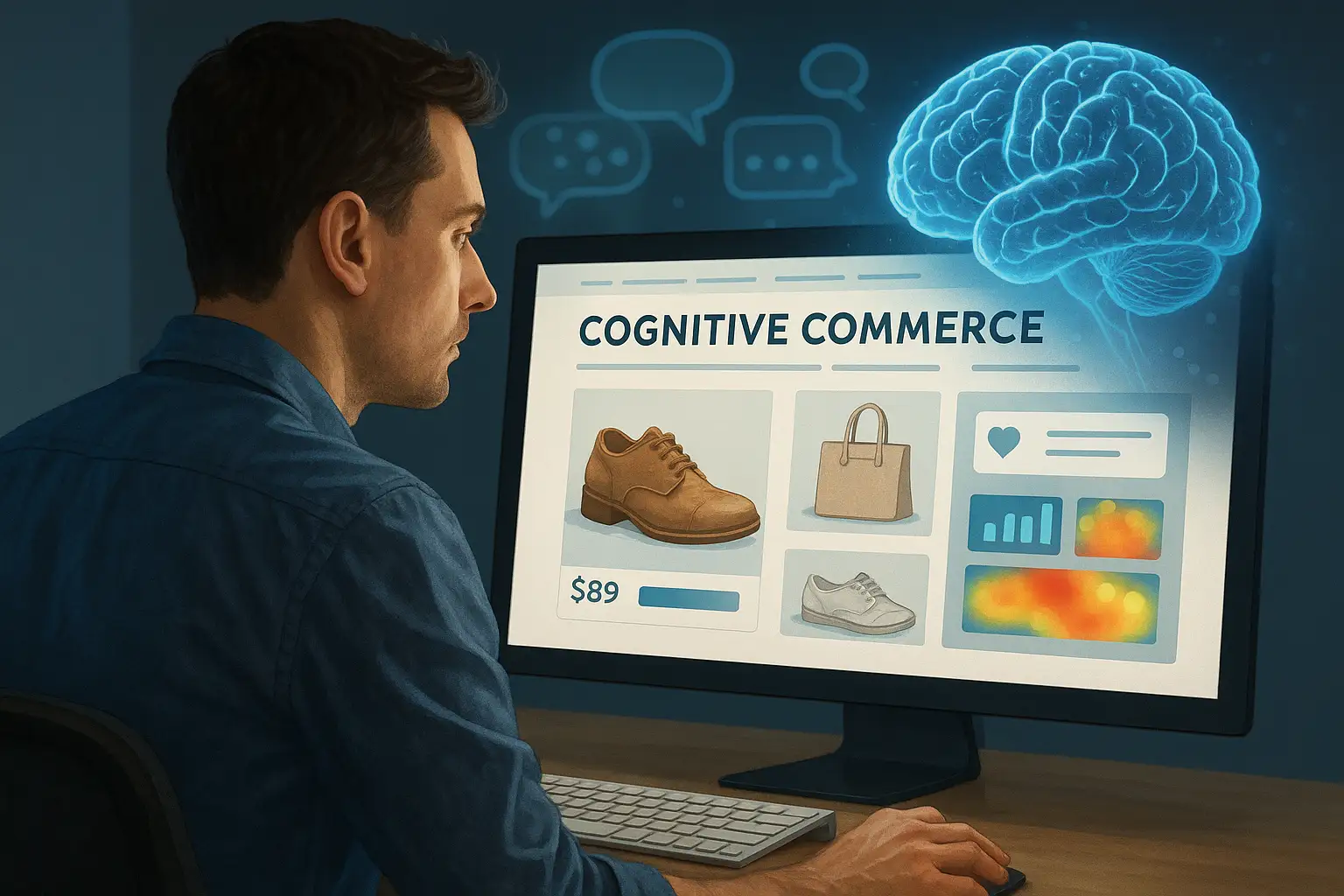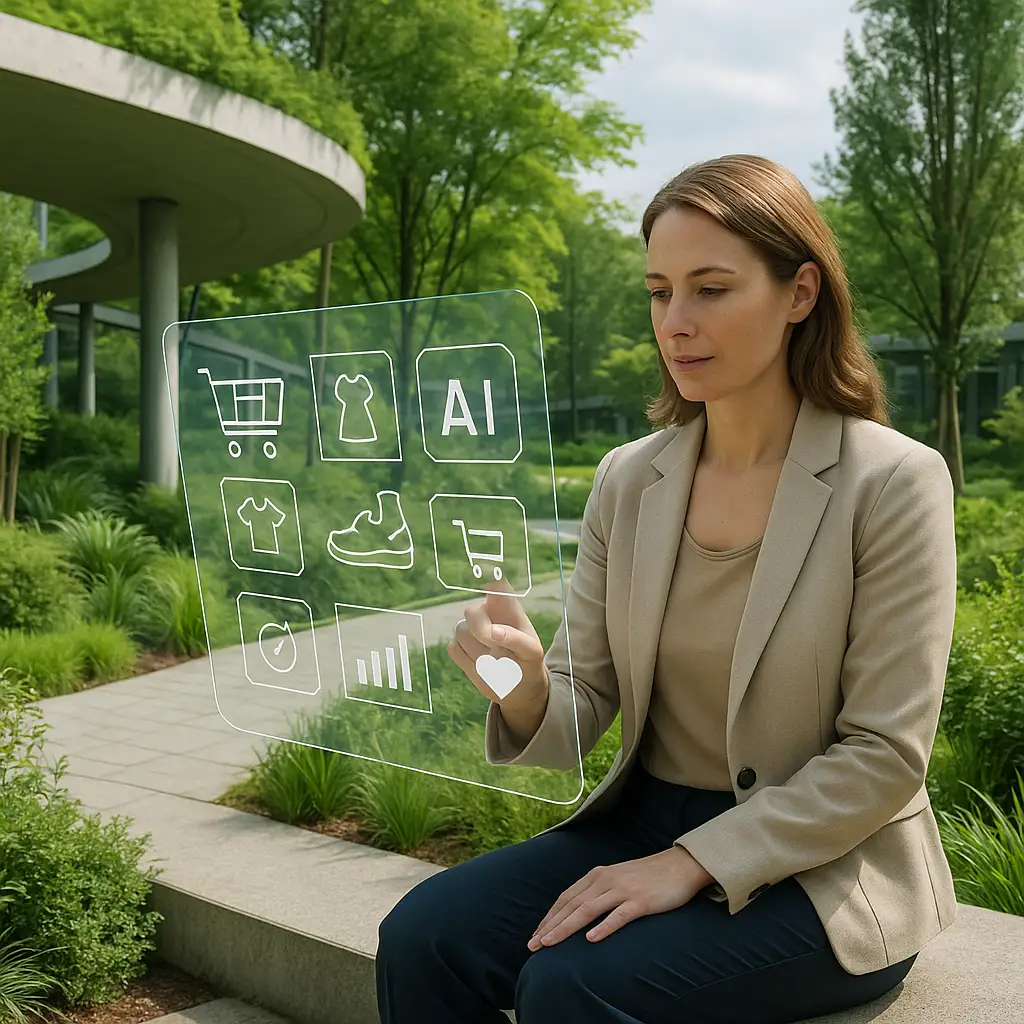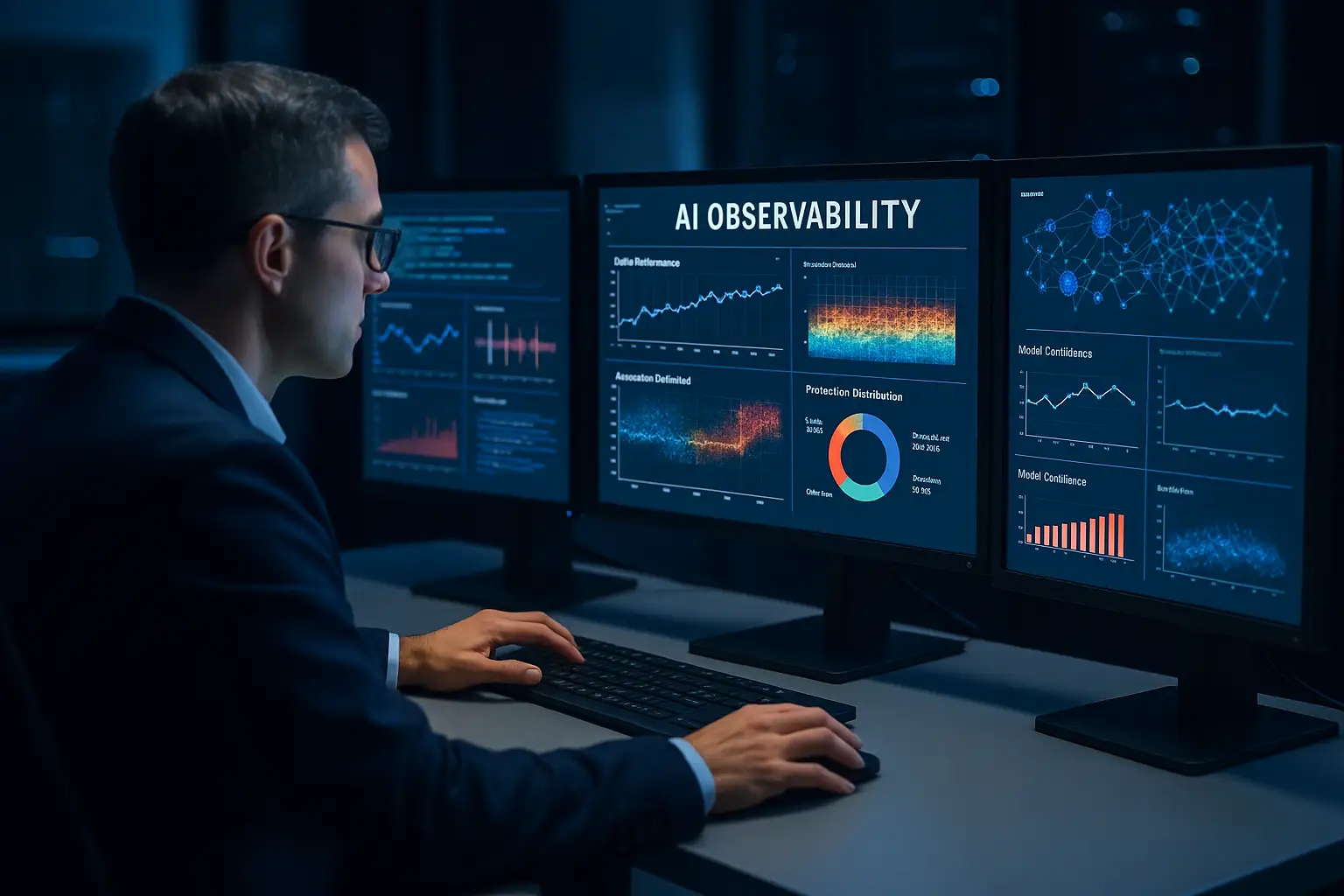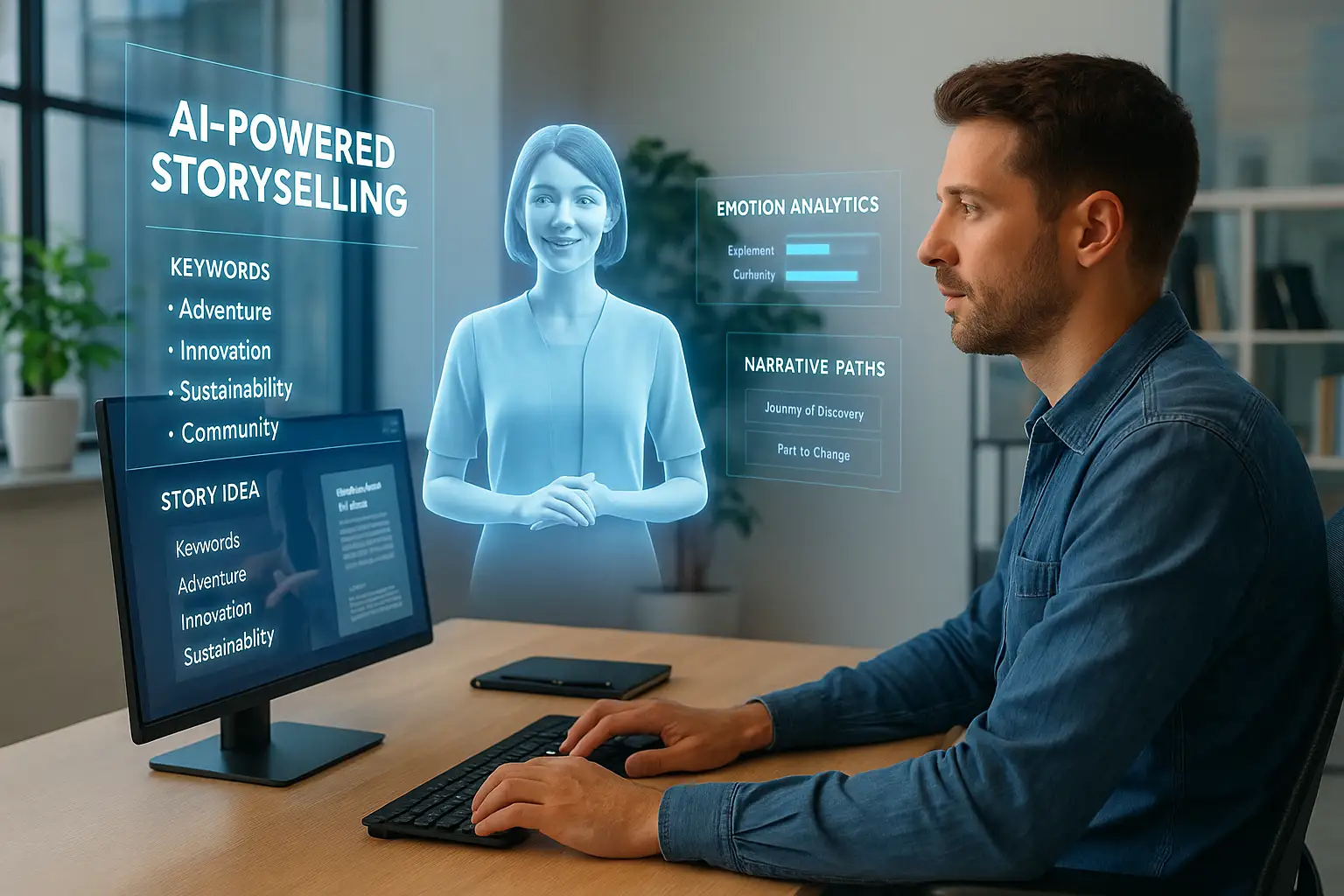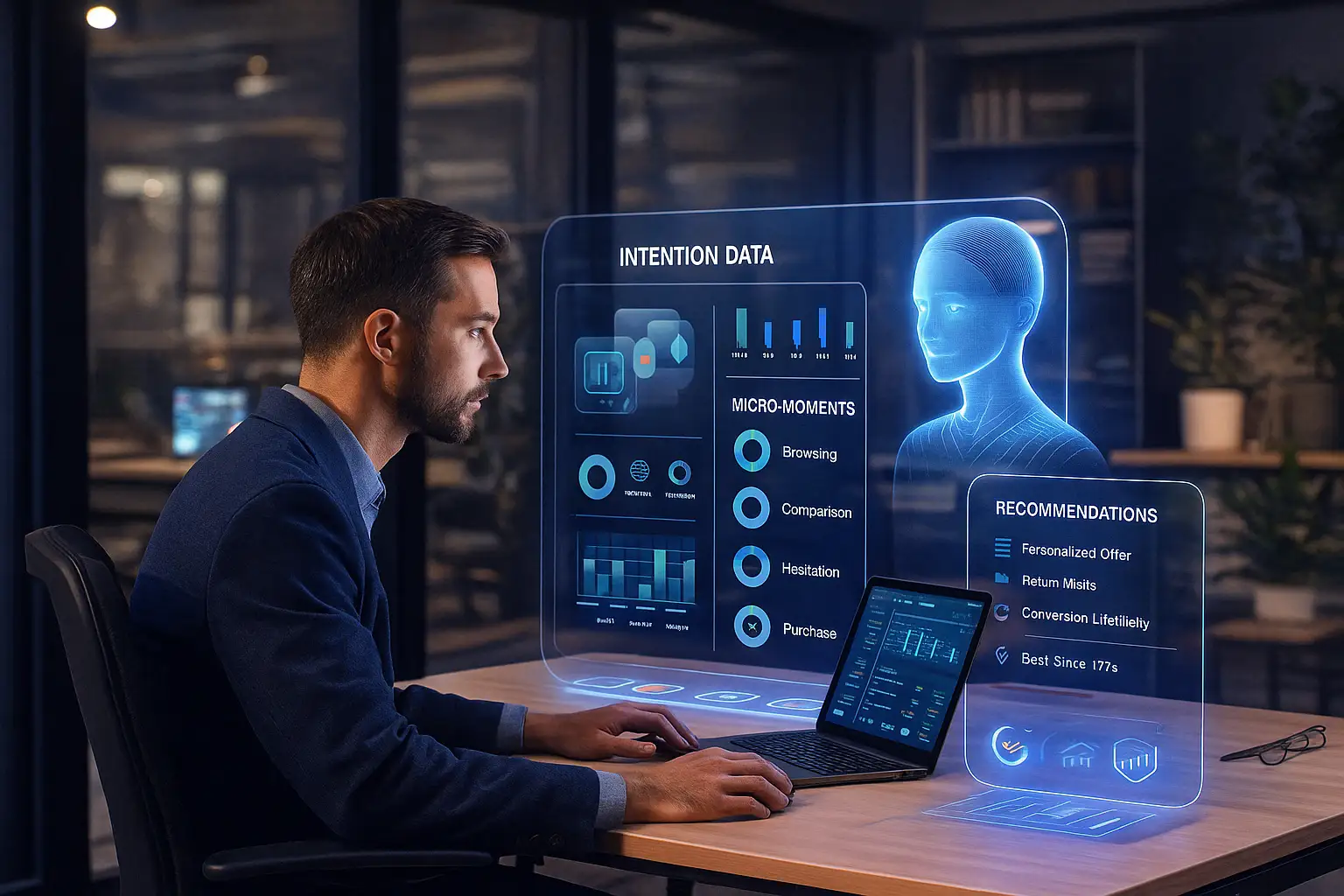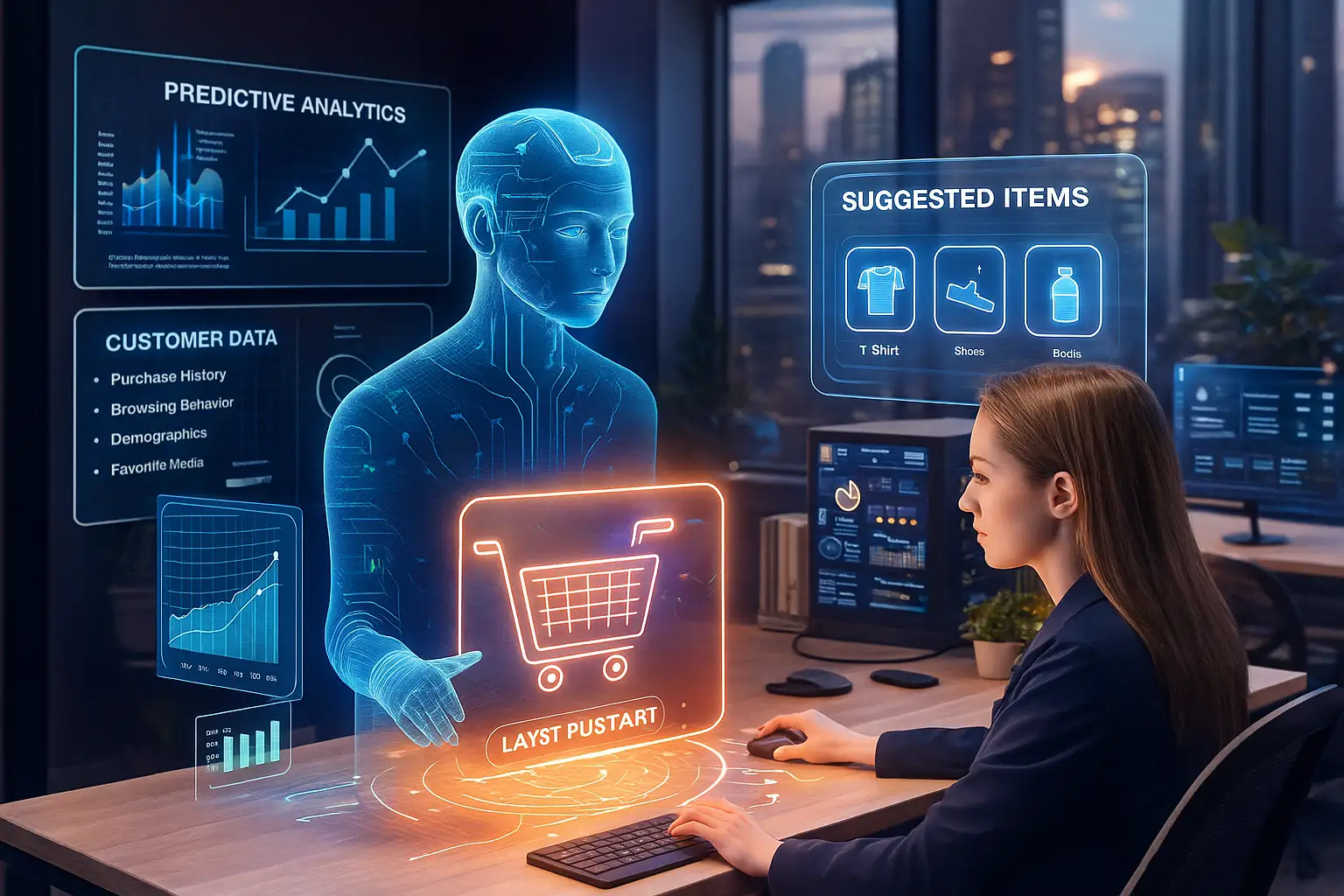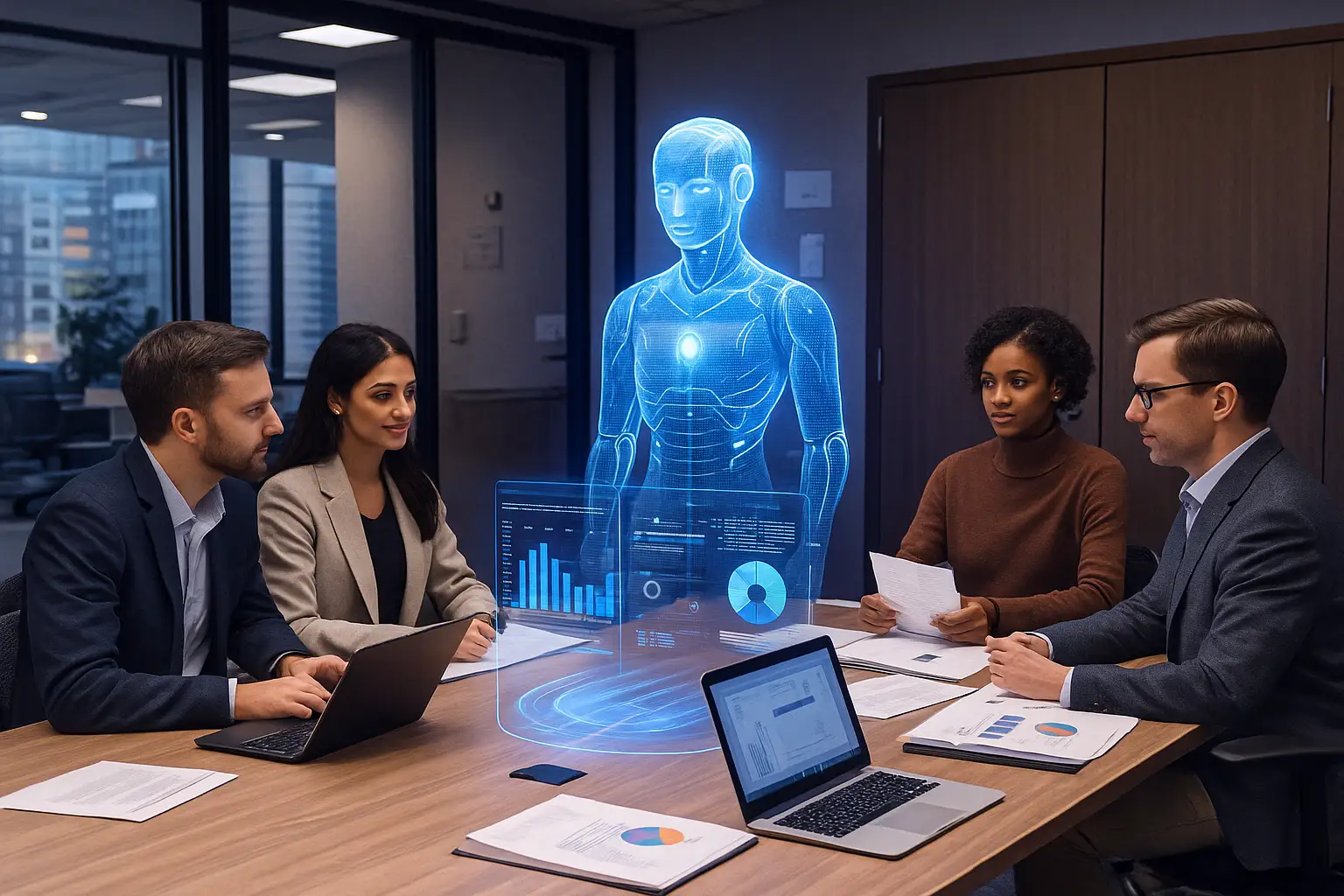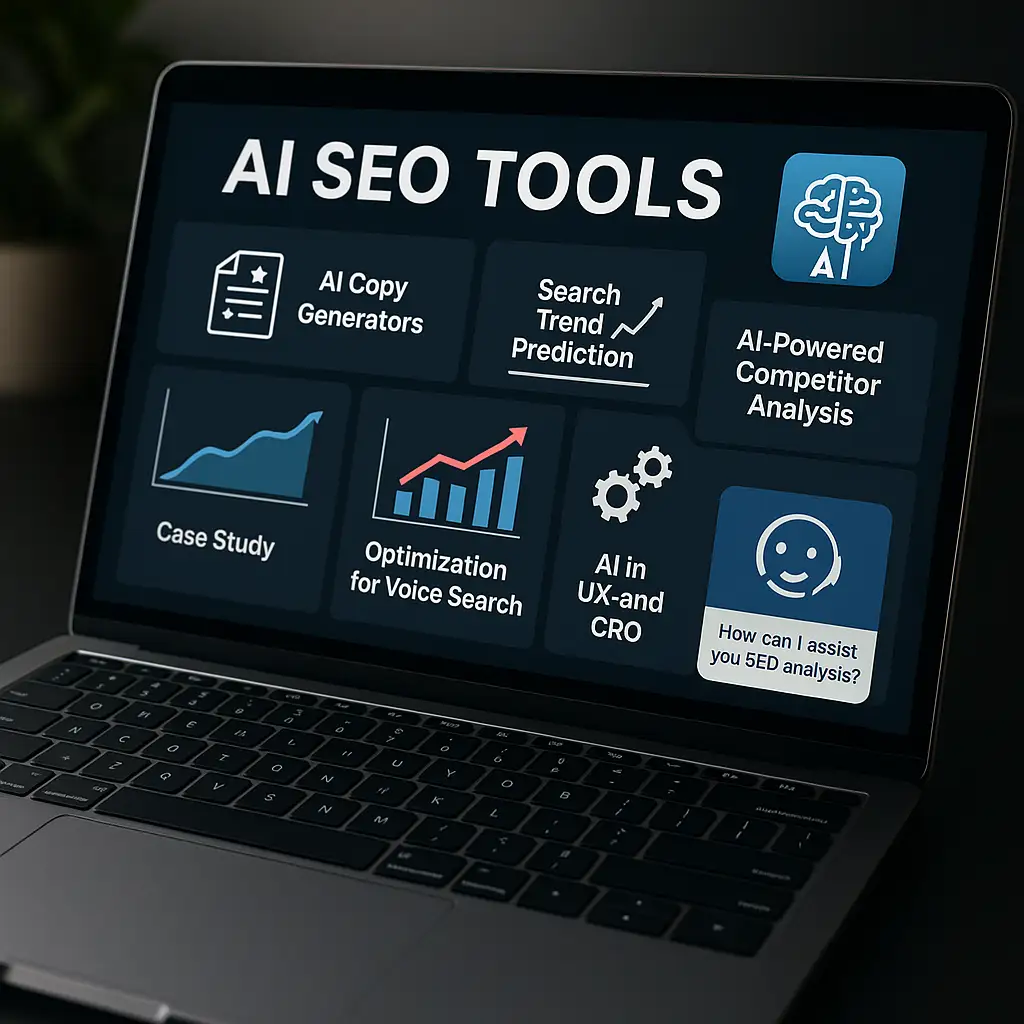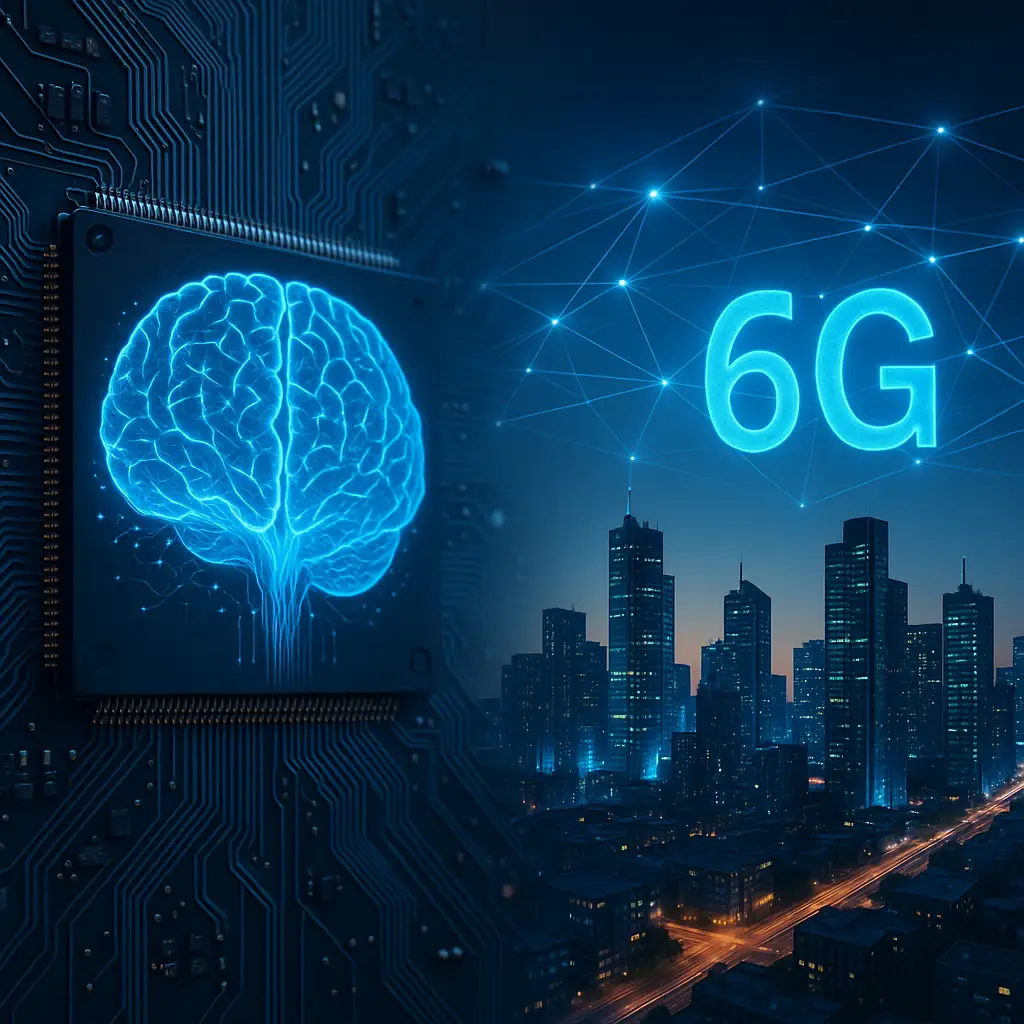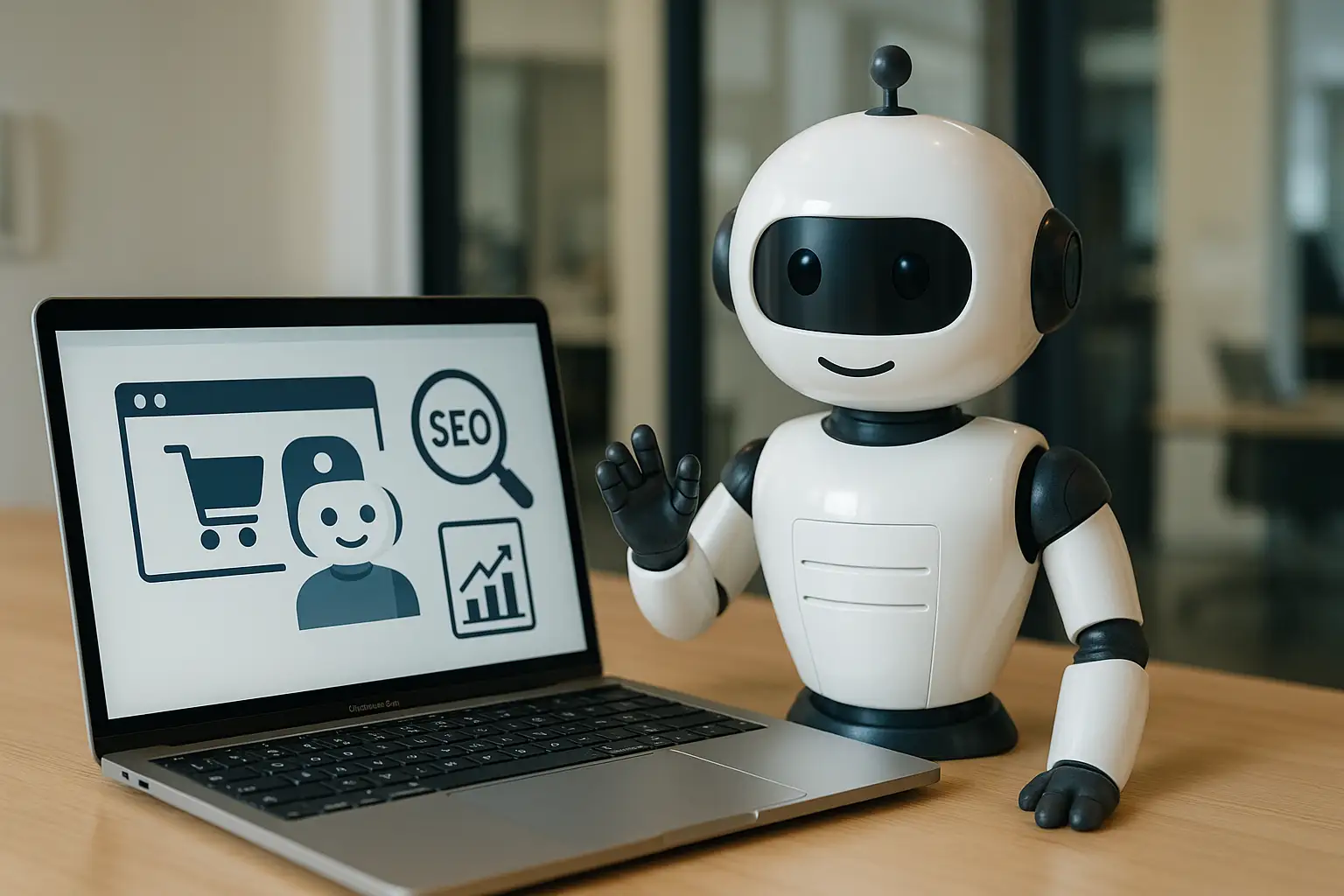From Digital Transformation to Digital Maturity: Building the Next Generation of Tech-Driven Busines

From Digital Transformation to Digital Maturity: Building the Next Generation of Tech-Driven Businesses
1. Introduction
For the past decade, “digital transformation” has been the mantra of every boardroom.
Companies invested billions in new technologies, automation tools, and cloud platforms.
But now, in 2025, a new realization has emerged: technology alone doesn’t create advantage.
What matters isn’t whether a company has gone digital — but how intelligently and sustainably it operates in a digital world.
That’s the essence of digital maturity.
While digital transformation is about change, digital maturity is about continuity — building an organization that can evolve, learn, and innovate endlessly.
2. What Is Digital Maturity?
Digital maturity is the stage where digital capabilities are not just implemented but embedded into the company’s DNA.
It’s when technology stops being a tool and becomes a mindset.
A digitally mature business:
- Uses data for every strategic decision.
- Automates routine work and empowers creativity.
- Integrates AI and analytics into every department.
- Treats innovation as a continuous process, not a one-time project.
In short: a digitally mature organization doesn’t adopt technology — it thinks digitally.
3. The Evolution: From Transformation to Maturity
PhaseFocusOutcomeDigital TransformationTechnology adoption, modernizationEfficiency & modernizationDigital OptimizationProcess automation, analytics, AI pilotsImproved performanceDigital MaturityIntegrated strategy, culture, and innovationAgility, scalability & resilience
Transformation modernized operations.
Maturity turns technology into strategy — aligning people, culture, and data toward a single vision of growth.
4. The Pillars of Digital Maturity
Achieving digital maturity isn’t about having the most advanced tech stack — it’s about mastering five interconnected dimensions.
1. Leadership and Vision
Digital maturity starts with leadership that understands technology as a strategic enabler, not just an operational investment.
Executives must foster a culture of innovation, where experimentation is encouraged and failure is treated as feedback.
2. Data-Driven Decision Making
Digitally mature organizations treat data as a living ecosystem — integrating it from every source to drive smarter insights.
AI and predictive analytics power real-time decisions, not quarterly reports.
3. Culture and Skills
The biggest barrier to maturity isn’t technology — it’s people.
Companies that thrive empower teams with digital literacy, cross-functional collaboration, and a shared sense of ownership in innovation.
4. Process Automation and AI Integration
AI and automation redefine efficiency.
In mature companies, bots and algorithms handle repetitive tasks while humans focus on creativity, strategy, and empathy.
5. Agility and Continuous Innovation
Digital maturity is never static.
It’s sustained through agile operating models, allowing organizations to adapt to shifting markets and emerging technologies.
5. Why Digital Maturity Is the New Competitive Edge
Digital maturity is becoming the single most reliable predictor of long-term success.
A. Speed and Adaptability
Mature companies pivot faster — whether in response to market shifts, customer behavior, or new technologies.
B. Operational Resilience
They can absorb shocks — from cybersecurity threats to supply chain disruptions — because their systems are integrated and intelligent.
C. Innovation Capacity
Digitally mature organizations aren’t reactive — they invent the future. Their R&D is data-fueled, their decisions algorithmically enhanced.
D. Talent Attraction
Top talent gravitates toward companies that operate at the intersection of technology and purpose.
In other words: digital maturity makes you future-proof.
6. Case Studies: Lessons from the Leaders
1. Microsoft: From Software Giant to Cloud Innovator
Microsoft’s transformation didn’t end with Azure — it continued through a cultural reinvention under Satya Nadella.
The company embedded AI, collaboration, and customer empathy into its DNA — evolving from a product seller to a platform ecosystem.
2. LEGO: Creativity Meets Data
LEGO rebuilt its strategy on digital maturity — blending user data, design thinking, and automation.
Its ability to co-create with customers through digital platforms made it a hybrid of a toy manufacturer and tech innovator.
3. Tesla: Continuous Reinvention
Tesla isn’t just a car company — it’s a data company.
With every vehicle update delivered via the cloud, it redefines the meaning of product lifecycle and operational agility.
7. The Path to Digital Maturity
Reaching digital maturity isn’t a destination — it’s a strategic evolution.
Here’s what defines successful journeys:
Step 1: Define the “Why”
Transformation begins with clarity.
Why do you need to become more digital? To serve customers better? To innovate faster? To scale globally?
Step 2: Build the Right Infrastructure
Invest in scalable cloud platforms, secure data architecture, and integrated systems that support future technologies like AI and IoT.
Step 3: Empower People
Train, reskill, and empower employees to work alongside intelligent systems.
Digital maturity grows when people grow.
Step 4: Measure What Matters
Traditional KPIs (ROI, uptime) must evolve into digital performance indicators — measuring adaptability, innovation velocity, and customer lifetime value.
Step 5: Innovate Continuously
Maturity doesn’t mean stability — it means sustainable evolution.
The most mature organizations reinvent themselves before they’re forced to.
8. The Role of AI in Achieving Digital Maturity
Artificial Intelligence is the engine of maturity — transforming raw data into actionable insight.
AI enhances every layer of business maturity:
- Strategy: Predictive modeling supports smarter decisions.
- Operations: Intelligent automation reduces complexity.
- Customer Experience: Personalization at scale builds loyalty.
- Innovation: Generative AI accelerates product design and creativity.
Companies that embed AI into their strategic core move from digital adopters to digital pioneers.
9. The Human Side of Digital Maturity
Technology enables, but people empower.
True maturity emerges when culture evolves alongside code.
Empathy, collaboration, and curiosity are now business-critical skills.
A digitally mature culture balances data-driven decisions with human intuition — merging logic and imagination to create value that machines alone cannot.
10. The Future: The Rise of the Self-Evolving Enterprise
The next generation of digitally mature businesses will be self-evolving ecosystems.
AI systems will monitor performance, predict disruption, and automatically optimize processes — creating adaptive enterprises that learn continuously.
In this future, digital maturity equals digital intelligence — a self-sustaining loop of insight, adaptation, and growth.
Conclusion
Digital transformation changed how companies operate.
Digital maturity will change how they think.
It’s the evolution from technology as a tool to technology as a philosophy — from innovation by necessity to innovation by design.
The organizations that master this shift won’t just survive the next wave of disruption — they’ll create it.
Because in the digital age, the real competitive edge isn’t transformation itself —
it’s the ability to transform continuously.

